Smoke alarms are the residential fire safety success story of the past quarter century. Smoke alarm technology has been around since the 1960s. But the single-station, battery-powered smoke alarm we know today became available to consumers in the 1970s, and since then, the home fire death rate has been reduced by half. Most states have laws requiring them in residential dwellings.
Working smoke alarms are essential in every household. It is necessary to practice home fire drills to be certain everyone is familiar with the smoke alarm signal, and to determine if there are any obstacles to a quick and safe evacuation (including the inability for some to awaken to the smoke alarm signal).
Sensing systems
Most smoke alarms use one of two common sensing systems for detecting a fire.
- Ionization Smoke Alarms contain a minuscule amount of a material called Americium 241, which emits alpha particles that collide with the oxygen and nitrogen in the air and to create ions. These ions conduct electricity and allow a steady electrical current to flow between two electrodes. Smoke enters the detection chamber and the alpha particles are absorbed by the larger smoke particles, causing a drop in the current, and the alarm is triggered.
- Photoelectric Smoke Alarms employ a light emitting diode (LED) to send a beam of light across a chamber. When smoke enters the chamber, the particles scatter the photons. A photocell installed at an angle to the diode senses the light, and subsequently sets off the alarm.
- Heat detectors are normally used in dirty environments or where dense smoke is produced. Heat detectors may be less sensitive, but are more appropriate than a smoke detector in these environments. The most common heat detectors either react to a broad temperature change or a predetermined fixed temperature.
Heat detectors use a set of temperature-sensitive resistors called thermistors that decrease in resistance as the temperature rises. One thermistor is sealed and protected from the surrounding temperature while the other is exposed. A sharp increase in temperature reduces the resistance in the exposed thermistor, which allows a large current to activate the detector's alarm.
- Flame detectors are line-of-sight devices that look for specific types of light (infrared, visible, ultraviolet) emitted by flames during combustion. When the detector recognizes this light from a fire, it sends a signal to activate an alarm.

Smoke Detectors / Ionization vs. photoelectric.
- Photoelectric alarms respond slightly faster to smoldering fires; ionization alarms respond slightly faster to flaming fires. Since, as a practical matter; you can not predict the type of fire that will occur; the slight difference is irrelevant. Either type of alarm will detect nearly every type of fire quickly. Some manufacturers offer dual-chamber alarms that use both sensor systems.
Smoke detectors are suitable for:
- Indoor areas with low ceilings such as offices, closets, and restrooms.
- Areas that are relatively clean with minimal amounts of dust and dirt.
- Areas that contain solid fuels like wood, paper, fabric, and plastic materials.
Heat detectors are suitable for:
- Dirty, dusty or smoky environments.
- Indoor areas without winds or drafts that can prevent heat from reaching the detector.
- Manufacturing areas where large quantities of vapors, gases, or fumes may be present.
- Areas where particles of combustion are normally present, such as in kitchens, furnace rooms, utility rooms, and garages or where ovens, burners or vehicle exhaust gases are present.
Flame detectors are suitable for:
- Areas with high ceilings and open-spaces, such as warehouses and auditoriums.
- Outdoor or semi-enclosed areas, where winds or draughts can prevent smoke from reaching a heat or smoke detector.
- Areas where rapidly developing flaming fires can occur, such as petrochemical production, fuel storage areas, paint shops, and solvent areas.
- Environments that are unsuitable for other types of detectors.
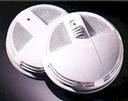
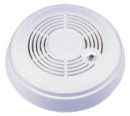

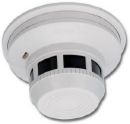
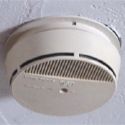
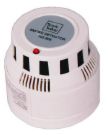
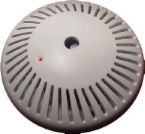







![]()
![]()
![]()
![]()

![]()

![]()
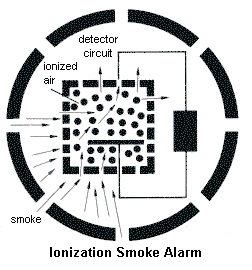
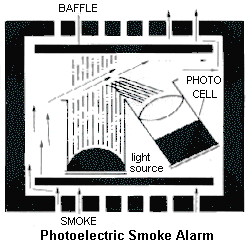
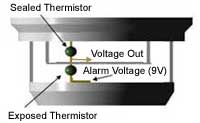
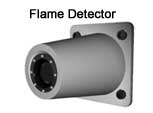
![]()
![]()
![]()
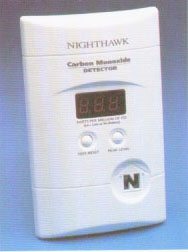
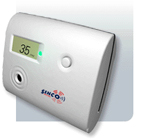
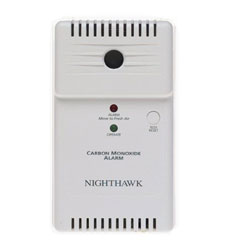
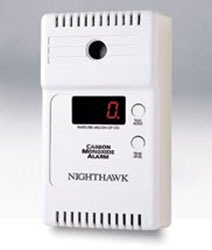
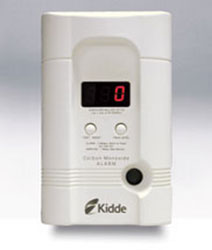
![]()
![]()
![]()
![]()